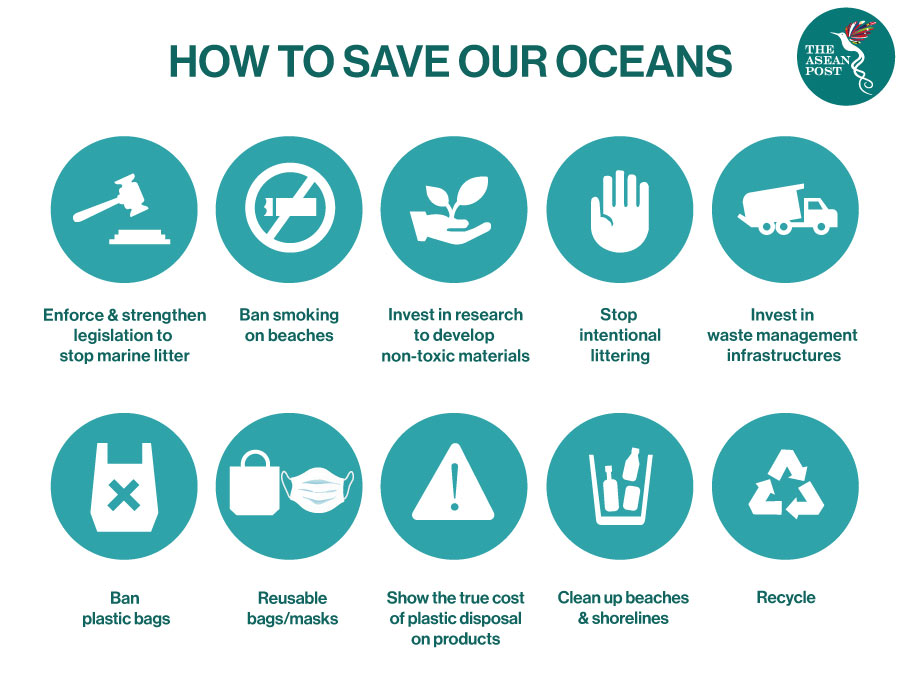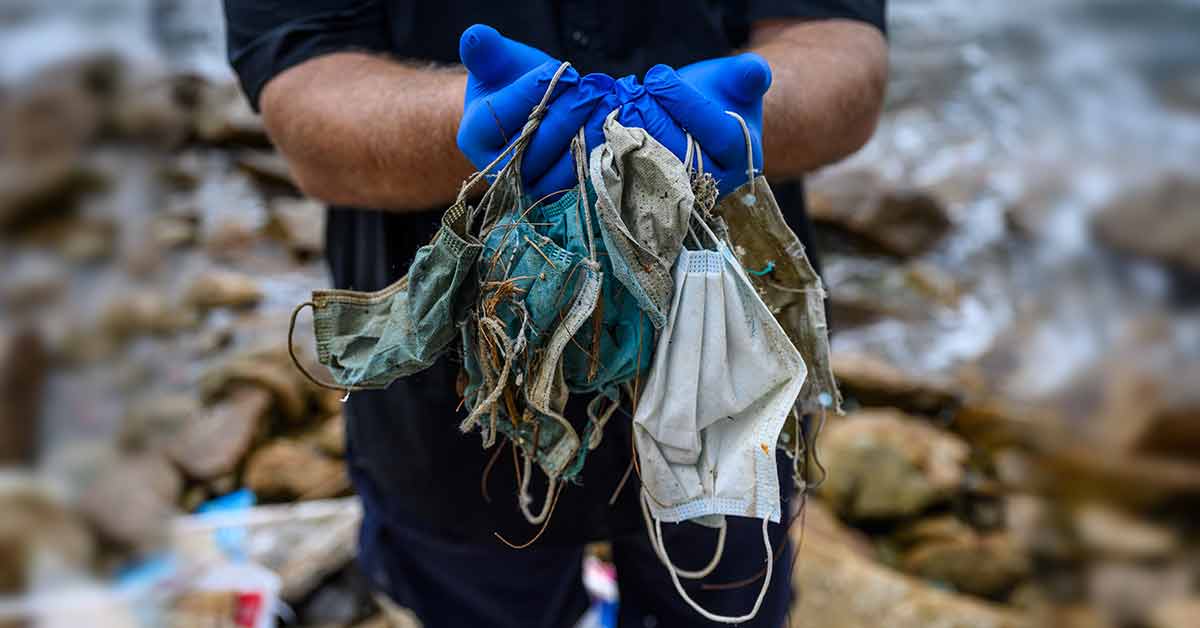The COVID-19 pandemic has led to a new normal of wearing face masks and social distancing as part of governments’ preventive measures against the deadly virus. ASEAN member state Malaysia, some parts of Europe and the United Kingdom (UK) have even made it compulsory to wear face masks when out in public areas. Authorities have even imposed stiff fines and penalties for those caught violating this protocol.
Local media in Malaysia have reported a number of cases where people have been slapped with a compound of RM1,000 (US$241) for not wearing face masks in public areas. Unusual and “degrading,” as an Indonesian rights group called it – punishments have also allegedly been forced on people in several regions in the populous archipelago. These include making violators spend time in an open coffin or to dig graves, according to the Commission for Missing Persons and Victims of Violence (KontraS).
However, even before the pandemic, masks were already a common sight across Asia – worn for a number of reasons. It’s not unusual for people who are ill to wear masks, or to wear them during cold or flu season.
But as the world battles the coronavirus, and more people are using single-use masks on a daily basis, a significant number of personal protective equipment (PPEs) is ending up in the sea.
Single-use masks are made from polypropylene (PP), a fossil fuel-derived plastic that can take hundreds of years to break down. They also shed tiny microplastics into our waterways, which are then consumed by fish – and perhaps by us, when we eat seafood.
Exacerbating A Crisis
Conservationists warn that the pandemic could lead to a surge in ocean pollution.
The promotion of mask wearing has led to a great increase in the production of disposable masks with the United Nations (UN) estimating that global sales will total some US$166 billion this year, up from US$800 million last year.
Around 75 percent of used masks and other pandemic-related waste such as gloves and personal protective equipment (PPE) are expected to end up in landfills or float on the seas.
“It’s important to understand that we had a tremendously grave crisis before the pandemic started, in terms of plastic waste in the ocean. And now you take the global pandemic,” said Doug Cress, Vice President of Conservation at Ocean Conservancy, a non-profit environmental advocacy group.
“At the current rate, we’re putting a 129 billion face masks into the environment every single month. And 65 billion gloves every single month. A significant portion of those would be disposed improperly and wind up in the ocean,” he continued.

There are already some eight million tonnes of plastics entering our oceans every year. A study in the UK cited by the World Economic Forum (WEF) found that if every person wore a single-use face mask a day for a year, it would create an additional 66,000 tonnes of contaminated waste and 57,000 tonnes of plastic packaging.
“We’ve seen whales and dolphins washing up with plastic bags inside their guts,” said Gary Stokes, co-founder of Oceans Asia. “A similar thing could happen with these masks.”
Unfortunately, it’s not just marine creatures that are affected but also land animals. Back in August, a seagull was found hobbling around the streets in Essex, UK, with a disposable plastic mask around its feet. The mask left the gull with “sore and swollen legs,” said the Royal Society for the Prevention of Cruelty to Animals.
Reusable Masks
Disposing single-use face masks properly is vital. Nevertheless, wearing reusable face masks such as cloth masks is also another option.
The World Health Organisation (WHO) recommends that a fabric mask should have a minimum of three layers.
"Generally, the greater the number of layers, the greater the reduction in respiratory droplets spread. Some face masks have antibacterial properties too, which provide an additional layer of protection. These are usually more expensive," explained Dr James Koh Kwee Choy, Associate Dean of Academic Affairs for the school of medicine at Malaysia’s International Medical University.
However, there has also been a number of new innovations of ‘green’ face masks developed around the world to “preserve the planet,” said Thanh Le, founder of ShoeX, regarding its new eco-friendly mask.
ShoeX, a Vietnam-based footwear company has created the world’s first biodegradable coffee face mask called AirX. The face mask is made from Vietnamese coffee beans and is reusable, biodegradable and antibacterial.
Another recent innovation is a green version of medical grade face masks that can be composted and is biodegradable, designed by a team at Canada’s University of British Columbia.
Related Articles:
